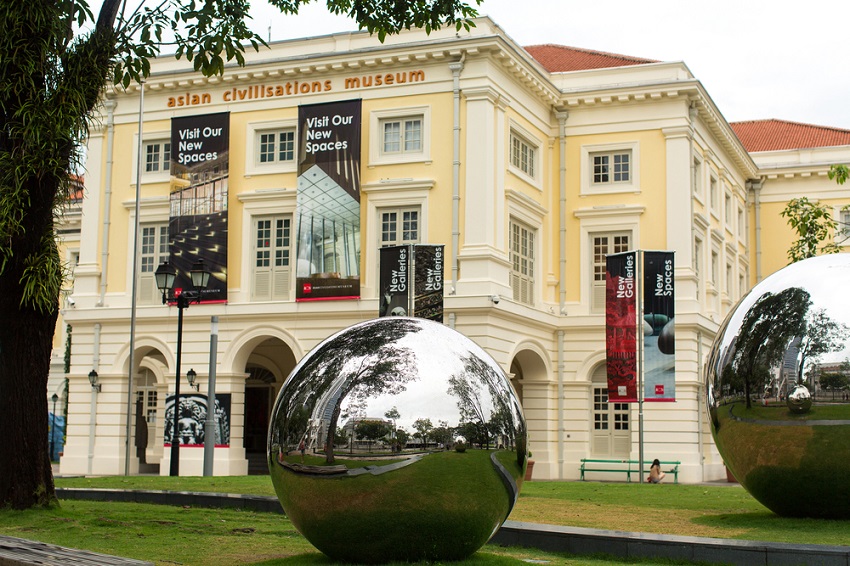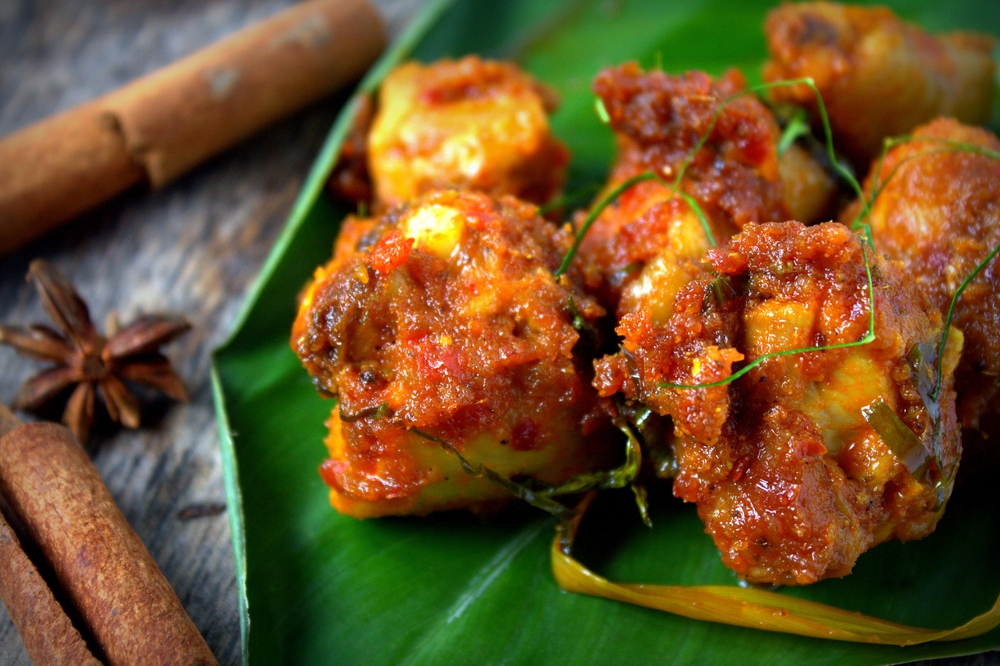Singapore - museum
Singapore has a lot of museums. With their effective managements, the museums in Singapore are different from those in other countries. They are not only warehouses storing old artifacts but the ‘alive’ museums equipped with advanced technology and creativity to illustrate interesting stories.
There are around 16 museums in Singapore and 3 of them are National Museums: National Museum of Singapore, Singapore Art Museum: SAM and Asian Civilization Museum operated under National Heritage Board including other cultural divisions like National Archive of Singapore.
National Museum of Singapore is the oldest museum that illustrates Singaporean history from the 14th century until now. Some of its distinctive features are a 3D theater and 3D slide shows requiring 3D glasses to watch. (จารุณี อินเฉิดฉาย, 2544, หน้า 49-51)
Singapore Art Museum or SAM displays contemporary art movements around the world. There is an international circulating exhibition showing abroad at least once a year. In addition to this, public lectures provided by the international artists and art experts are held there as well. (จารุณี อินเฉิดฉาย, 2544, หน้า 51)
Asian Civilization Museum was sponsored and supported by many organizations especially Show Foundation, a big supporter taking care of funds management and curating what is to be displayed at the museum from across the world. It usually holds special exhibitions in various topics that have never seen before. The museum also illustrates Asian Civilization. (จารุณี อินเฉิดฉาย, 2544, หน้า 53)
What seems extraordinary about Singaporean museum managements is the fact that it is a mutual cooperation between local communities, private sectors and government sectors altogether helping to improve knowledge attributed to the society and the nation. Chinatown Heritage Center, for example, is a cooperation between The Singapore Tourism Board and National Heritage Board-NHB whose idea were to establish the Chinatown Heritage Center. They managed to purchase the buildings on Pagoda Street to house elements from Chinese memories and stories since Chinese settled in Singapore. The buildings deemed to be the properties of government are managed by private sectors expertized on tourism for the best interest. The ultimate goal is that each local museum can generate income and become more independent. It is different and new to Thai museums, but it is common for the Singaporean museums. (ชีวสิทธิ์ บุณยเกียรติ, 2553, หน้า 24-27) Another evident example is Singapore Philatelic Museum. It was originally a private museum but in these days it is run by the National Heritage Committees.
In addition, there are many ethnic museums in Singapore such as Peranakan Museum, Malay Heritage Centre and Teochew Cultural Centre.
Bibliography
จารุณี อินเฉิดฉาย. (2544, ม.ค. - ก.พ.). พิพิธภัณฑสถานในสิงคโปร์. ศิลปากร, 44(1), 42-59.
ชีวสิทธิ์ บุณยเกียรติ. (2553). พิพิธภัณฑ์สิงคโปร์. กรุงเทพฯ: ศูนย์มานุษยวิทยาสิรินธร (องค์การมหาชน).





